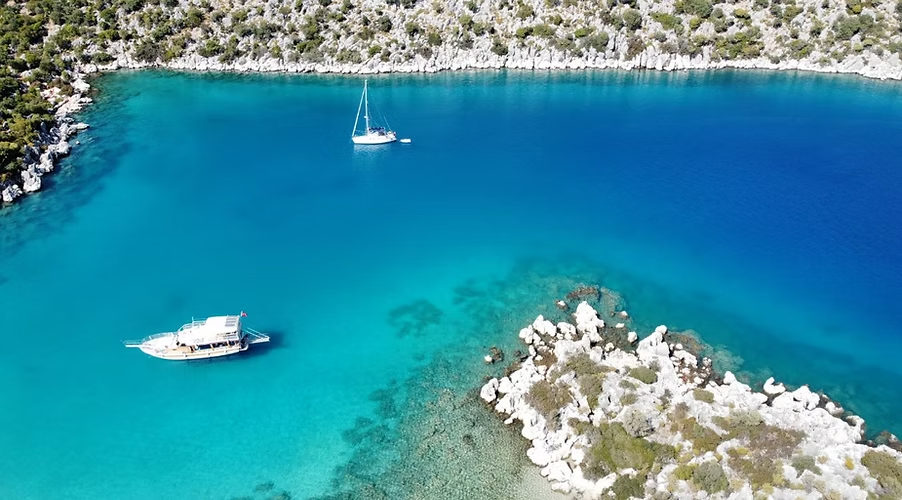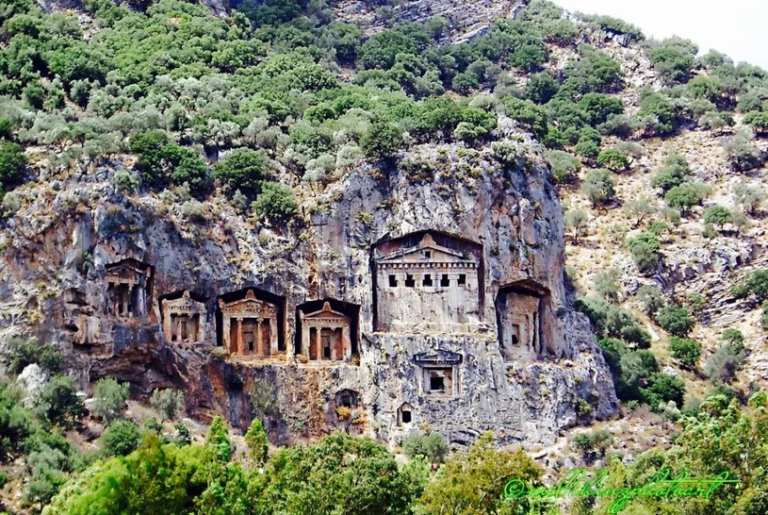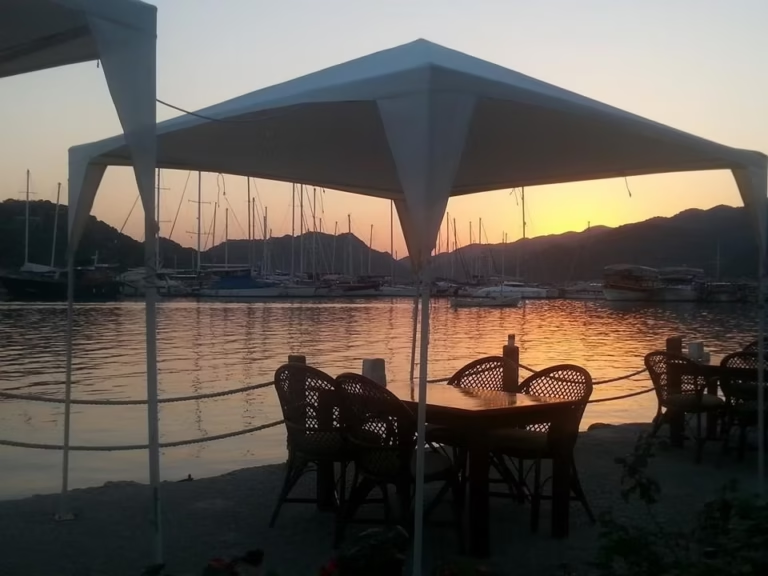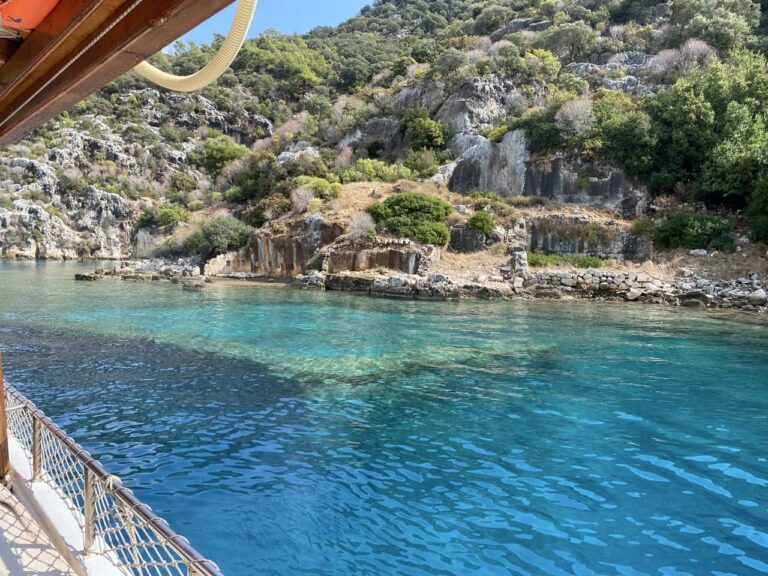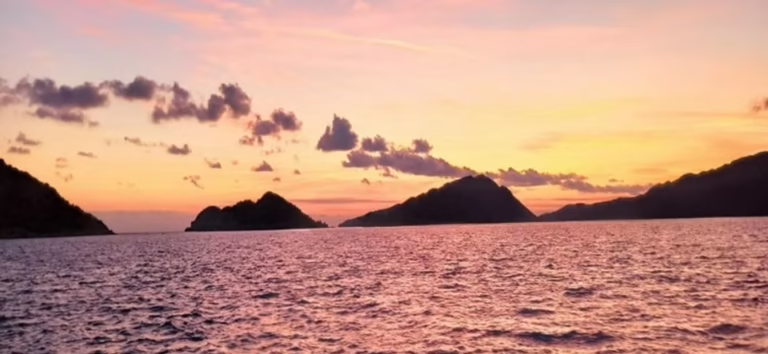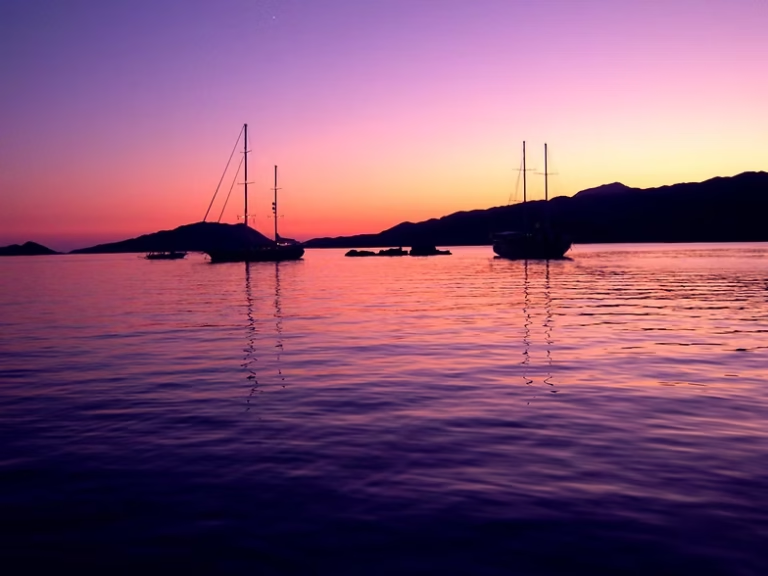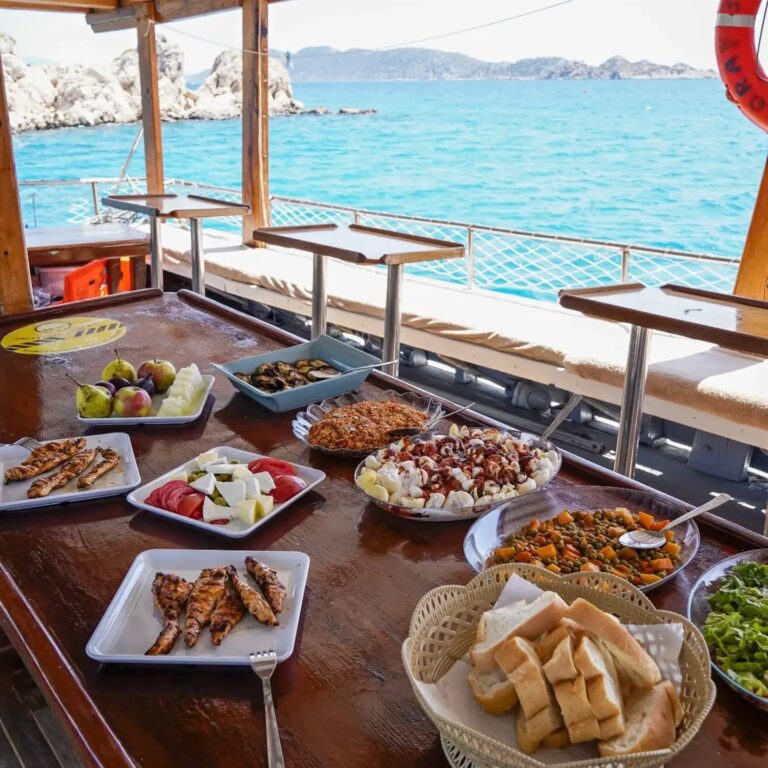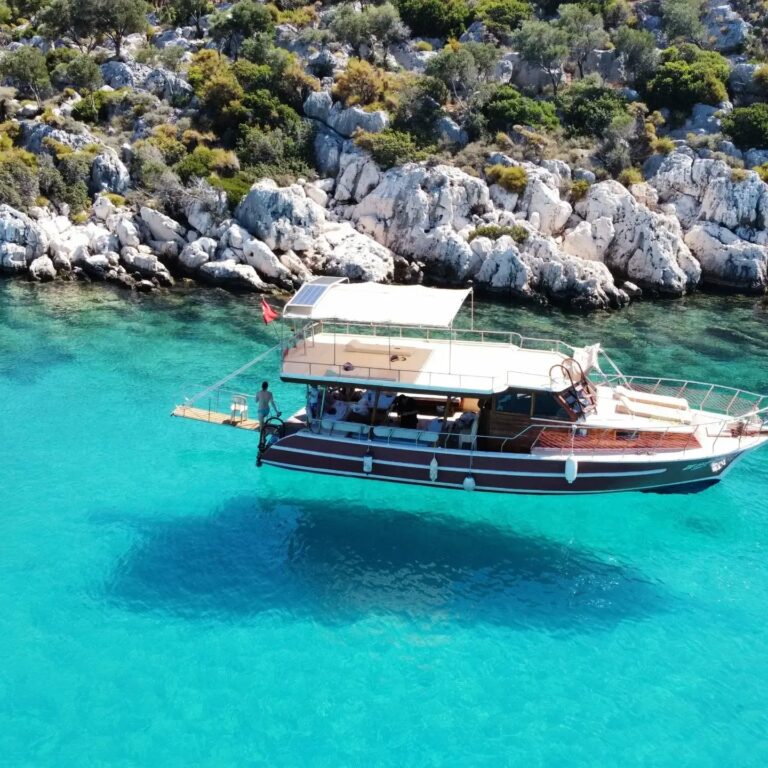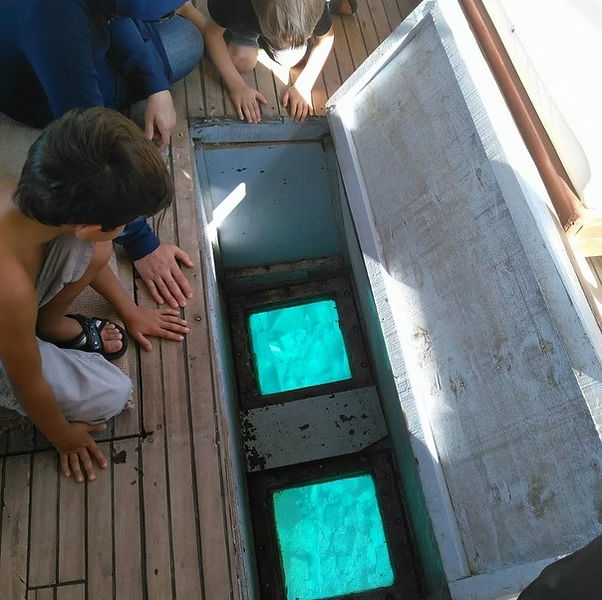Kekova’nın Gizemli Tarihi
Olağanüstü doğal güzellikleri ve büyüleyici tarihiyle Kekova, yüzyıllardır gezginlerin hayranlıkla ziyaret ettiği eşsiz bir bölgedir. Likya dilinde Dolichiste olarak anılan Kekova, geçmişten günümüze doğal ve kültürel zenginlikleriyle ziyaretçilerini büyülemeye devam ediyor.
Kekova bölgesi; Sıcak İskelesi’ndeki Aperlai Antik Kenti, Toprakada, Karaada ve en sonunda Kekova Adası ile birlikte geniş bir tarihi alanı kapsar. M.Ö. 4. yüzyıla kadar uzanan geçmişiyle Kekova Adası, Likya Uygarlığı döneminde önemli bir ticaret merkeziydi. Ancak MS 141 ve 240 yıllarında meydana gelen büyük depremler, bazı yapıların deniz altında kalmasına neden oldu. Bu durum, Kekova’nın bugün sahip olduğu eşsiz batık şehir manzarasının oluşmasını sağladı.
Antik Kentler ve Kalıntılar
Kekova ve çevresinde, birbirine çok yakın konumda yer alan birçok antik kent bulunmaktadır:
- Simena (Kaleköy)
- Theimussa (Üçağız)
- Aperlai (Sıcak İskelesi)
- Istlada (Gökkaya Koyu çevresi)
- Batık Şehir
Bu bölgelerde, Likya lahitleri, kaya mezarları ve deniz altındaki antik yapılar doğayla iç içe geçmiş hâlde ziyaretçilerini beklemektedir. Kaleköy’deki Simena Kalesi, hem tarihi dokusuyla hem de eşsiz manzarasıyla tekne turlarının en çok ilgi gören duraklarından biridir. Kalenin içinde, dünyanın bilinen en küçük antik amfi tiyatrosu da yer alır.
Tersane Koyu ve Deniz Altı Kalıntıları
Kekova Adası’nda bulunan Tersane Koyu, su altında kalan dükkânlar ve temel yapılarıyla dikkat çeker. Sol kıyıda yer alan bu kalıntıların büyük kısmı henüz kazı çalışmalarıyla detaylandırılmamış olsa da, Likya ve Bizans dönemlerine ait oldukları düşünülmektedir. Ayrıca adada Bizans dönemine ait bir kilisenin apsis kalıntıları da yer almaktadır.
Kekova’nın Stratejik Önemi
Kekova Adası, tarih boyunca yalnızca bir kültür merkezi değil, aynı zamanda stratejik bir alan olarak da önem taşımıştır. Bir dönem İtalya ile Türkiye arasında mülkiyet tartışmalarına konu olmuş, nihayetinde 1932 yılında imzalanan anlaşma ile Türkiye sınırlarına dâhil edilmiştir. Günümüzde Kekova ve çevresi sit alanı olarak koruma altındadır.
Kekova, su altında kalan antik şehirleri, sakin koyları, tarihin izlerini taşıyan kaleleri ve doğal güzellikleriyle benzersiz bir gezi deneyimi sunar. Eğer hem tarihle iç içe olmak hem de denizin huzurunu yaşamak istiyorsanız, Kekova sizin için unutulmaz bir rota olacaktır.
